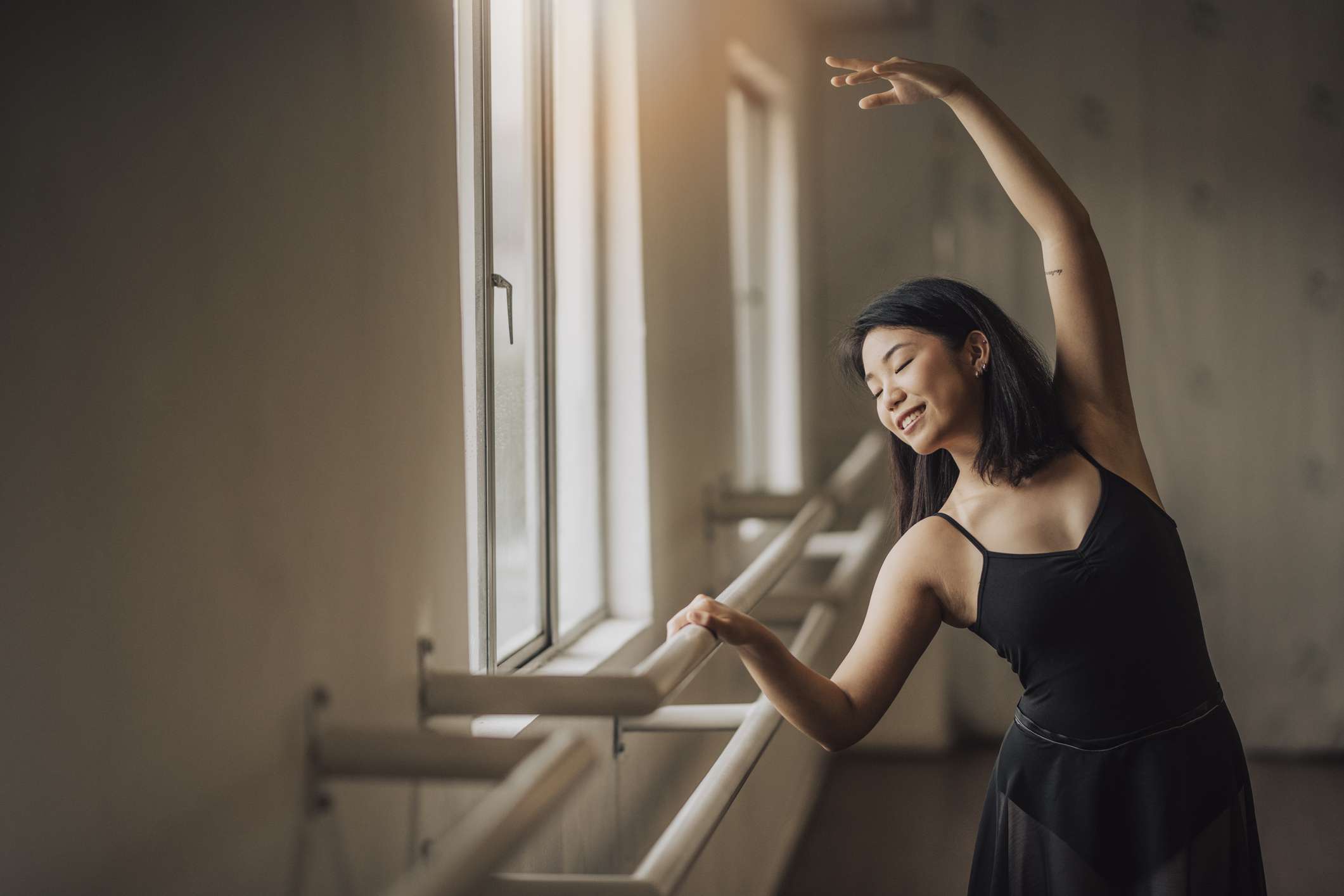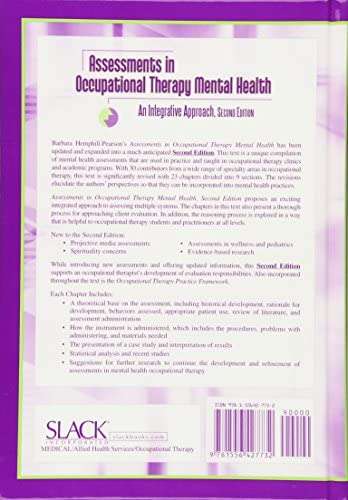Dance has existed for thousands of years. Moving your body creatively is a popular way to express yourself and exercise. Up to 10 million Americans have danced at a studio or have taken a class. Even more just dance for fun at home or with friends.
Beyond just movements and music, dancing offers many benefits for mental health and brain function.
Benefits
Dancing offers plenty of benefits for your emotions, intelligence, and relationships. Learning and practicing dance can:
Improve self-esteem. The amount that you respect and value yourself is your self-esteem. Showing yourself that you can learn and master new moves and skills through dance can improve your self-esteem and confidence.
Help you meet new people. Social interaction between groups of people is important to your mental well-being. Talking and spending time with others improves your mood. It also makes you feel like you belong and eases loneliness.
Dance classes, where you learn and move alongside others, are a great way to gain these mental health benefits.
Improve your mood and attitude. Dancing can improve your mood while you learn, move, and perform. In fact, many people take dance classes because they put them in a good mood.
Ease depression and anxiety. Dance is an effective type of exercise that raises your heart rate and works your muscles. Exercise can help with symptoms of depression and anxiety by releasing certain chemicals in your brain. It also provides a way to escape repetitive negative thoughts and worries. These are thoughts that run through your mind over and over.
Protect your memory. As we age, it gets harder to remember names, places, and other details. Learning new things, like different moves and styles of dance, sharpens your brain’s ability to remember these kinds of details. This can help prevent dementia.
The mental advantages of dancing depend on the type of dance you learn. Styles like ballroom dancing require a large degree of improvisation. These improve your decision-making skills more than completely memorized movements and routines. On the other hand, interpretive modern dance styles offer more benefits for creativity.
Some people prefer to dance on their own to their favorite songs on Spotify or on the radio. Others want to learn ballroom dancing or hip-hop. Or take a tango class at their local community center.
Whether you prefer solo dancing or being involved in a more formalized and choreographed program, dancing offers obvious plusses to your physical health.
You’re not only moving your body in a rhythmic way and expressing feelings. You’re burning calories and getting a workout for sure.
But this creative, fun physical activity is also a boon to your brain functioning. You’re taking a break from work, family, and everyday stressors. You’re turning off the incessant worry and negative self-talk. Lastly, you don’t have time to ruminate while you dance.
The benefits to your mental health that come from dancing might not be so readily apparent, but they are many and profound.
Free-Flowing Dance
According to a UCLA Health study published in the August 2021 issue of Complementary Therapies in Clinical Practice, conscious, free-flowing dance produced positive mental health benefits among participants. It was based on a survey of 1,000 dancers across the world who had depression, anxiety, or a history of trauma.
A huge majority—98%—of all dancers said the practice improved their mood. Many also reported that conscious dance gave them more confidence and compassion.
Prabha Siddarth, PhD, research statistician at the Jane and Terry Semel Institute for Neuroscience and Human Behavior at UCLA and senior author on the study noted how participants felt in the flow or in the zone by performing this self-led dance.
Choreographed Dance
In another recent study, published in Frontiers in Aging Neuroscience, researchers compared the effects of walking, stretching, and dancing on the wiring and gray matter of the aging brain. Dancing had the most notable positive effect.
After recruiting volunteers in their 60s and 70s with healthy brains that didn’t show signs of cognitive impairment, researchers randomly placed them in three groups. One group walked, another stretched and did balance training and the last group learned country dancing. The choreography of the dancing became progressively more challenging over time.
They all did the assigned activity for one hour a day, three times a week. After a period of six months, the volunteers’ brains were re-scanned and compared to when they had begun their regimens.
Agnieszka Burzynska, the study’s lead author who is currently a Neuroscientist and Director of the BRAiN Lab at Colorado State University, but was formerly from the University of Illinois in Urbana, found only one group showed an improvement—the country dancers.
The participants who learned country dancing now had denser white matter in the part of the brain that processed memory. White matter usually breaks down as a person ages, which may contribute to cognitive decline. Dancing, therefore, protected the brain from aging-induced neurodegeneration. So, dancing is not only an aerobic activity good for your physical health. It helps your brain!
Country dancing, ballroom dancing, tango, salsa, and waltz are all done with others. When you participate in these dances, you’re involved in a beneficial social activity as well. You are also cognitively stimulating your brain as you learn the steps to the dances. Dancing therefore might be one of the best physical activities you can choose for brain health.
Synchronized Dance
In another recent study, based in Brazil, synchronized dancing with others enabled people to feel closer to each other and fostered friendship. It also raised pain tolerance.
When you synchronize with the people next to you in a Zumba class or a flash mob, you’re doing a form of collective dancing to music. This is great for feelings of closeness with others.
In the research study, when participants danced, happy chemicals called endorphins were released. Endorphins are integral in the human bonding processes. Thus, they—and we—feel closer to others we are dancing with.
In this particular study, researchers wanted to see the effect of endorphins on pain. Pain was measured by the steady inflation of a blood pressure cuff on the subjects’ non-dominant arms. Study participants were asked to indicate when the pressure became uncomfortable while they danced.
The results of the research showed that those moving most energetically and in synchrony bonded with others, and also had a higher pain threshold.
Dance Therapy
Some people opt for dance or movement therapy. It’s defined by the American Dance Therapy Association (ADTA) as the “psychotherapeutic use of movement to promote emotional, social, cognitive, and physical integration of the individual,” for the purpose of improving health and well-being.
A research study was conducted on the effects of movement and dance on health-related psychological outcomes. Its findings were promising. The benefits of movement and dance included increased quality of life and interpersonal skills while at the same time lowering depression and anxiety.
If you hadn’t considered dance yet, think again about incorporating dance into your physical and mental health programs.
Benefits of Dance
There are so many benefits to dancing. Let’s take at the mental and physical benefits of dancing.
Mental Health Benefits of Dance
- Keeps mind sharp
- Improves self-esteem
- Involves social skills
- Increase endorphins
- Easy to bond with others
- Improves your mood
- Lessens loneliness
- Eases depression
- Lowers anxiety
- Decreases rumination
- Helps memory
- May prevent dementia
- Raises pain threshold
- Reduces pain perception
Physical Health Benefits of Dance
- Improves muscle tone
- Increases muscle strength
- Raises heart rate
- Improves lungs
- Increases circulation
- Lowers risk of cardiovascular disease
- Boosts aerobic fitness
- Improves posture
- Makes stronger bones
- Reduces risk of osteoporosis
- Helps weight management
- Improves flexibility
- Better coordination and agility
- Increased endurance
A Word From Verywell
For those who are older and worried about injury, as with most activities, work with a certified professional. This person will guide you on how to work with any physical limitation and help you prevent injury. Dance therapists should be fully credentialed and can offer you ways to improve your well-being with a step-by-step plan.
If you never considered dancing due to self-consciousness, you are far from alone. Many people fear that once they get up and move, they will look foolish and that all eyes will be upon them. The fact of the matter is most people are focused on their own dancing and having a good time. Practice with a friend or take lessons. Once you get on the dance floor, you might even find dancing to be a fun way to improve both your physical and mental well-being.
‘Free moving’ dance has healing benefits for mental health
UCLA Health study shows conscious, or ecstatic, dance helps those struggling with depression and anxiety.
 Janet Lo, a UCLA graduate who teaches a healing-focused style of dance, participated in the conscious dance study. (Photo by Joshua Sudock/UCLA Health)
Janet Lo, a UCLA graduate who teaches a healing-focused style of dance, participated in the conscious dance study. (Photo by Joshua Sudock/UCLA Health)
Conscious dance, which encourages self-discovery through unchoreographed movement, produced mental health benefits among the vast majority of participants with depression, anxiety or history of trauma, according to a new UCLA Health study.
The research, based on a survey of 1,000 dancers across the world, was published online in the August issue of Complementary Therapies in Clinical Practice.
Senior author Prabha Siddarth, PhD, a research statistician at the Jane and Terry Semel Institute for Neuroscience and Human Behavior at UCLA, said the benefits seem undeniable.
For instance, 98% of all dancers said the practice improved their mood. Large percentages also reported that conscious dance helped them let go of distressing thoughts and gave them greater confidence and more compassion.
“The number of participants who reported a therapeutic benefit was really large,” Dr. Siddarth said. “That was the most surprising thing to me – the percentage of participants who were so benefited by this.”
Conscious dance is practiced globally, in group settings, with music ranging from instrumental to electronic music played by a DJ. Some forms, such as ecstatic dance, can be associated with rave culture, but alcohol and drugs are prohibited. The practice emphasizes emotional safety and consent, with all actions voluntary, including whether to dance with others or alone.
“It is free flow, it’s free moving,” Dr. Siddarth said. “It invites reflection. It’s more meditative rather than physical. Because it is self-led, it makes it easier to let go. You’re not following rules or instructions.”
Dr. Siddarth said she would like to see more research on how conscious dance can be incorporated into treatment for mental health conditions.
Study findings
The study was conceived by Kelsey Laird, PhD, a UCLA postdoctoral researcher at the time who is now a practicing psychologist in Northern California. In 2019, the research team surveyed roughly 1,000 conscious dancers, half from the U.S. and 73% female.
 Janet Lo said conscious dance has helped her deal with body shame. (Photo by Joshua Sudock/UCLA Health)
Janet Lo said conscious dance has helped her deal with body shame. (Photo by Joshua Sudock/UCLA Health)
Among them, 81% self-reported a stress-related health condition: chronic pain, history of substance abuse or addiction, depression, anxiety or history of trauma. The vast majority of those surveyed reported that conscious dance helped them cope with their condition, ranging from 88% among those with a history of addiction to 96% for participants with anxiety or depression.
“They all said things like, ‘I feel more present in my body.’ ‘I feel more present in the moment.’ ‘I’m more relaxed.’ ‘I have a greater sense of meaning.’ ‘I have a greater sense of purpose,’” Dr. Siddarth said.
The spontaneity, inward focus and sensory awareness of the movement, Dr. Siddarth said, allows participants to go into what they call “being in the zone” or in the “the flow.”
“When one does that you sort of let go of your prefrontal activity,” she said. “You allow your emotional brain to take over. That’s at least the hypothesis of why it has these beneficial psychological, well-being effects.”
Dr. Siddarth said the study was unable to conclude why so many conscious dance participants reported mental health conditions, or whether those who have such conditions are most likely to benefit and therefore more interested in sharing their experience with researchers.
“It may be that those are the people who are driven to participate in this form of dance or it may be that those are the ones who are motivated to respond to our study,” she said. “That distinction is not possible for us to make.”
She said the practice is very accessible to older adults, with some survey participants in their 70s and 80s.
“We found this form of dance was particularly helpful for people with self-reported mental health conditions but I think it could be so generally useful to everyone with every day, ordinary stress, especially with COVID,” Dr. Siddarth said. “While it is physical, it’s not necessarily a difficult physical practice. It’s something that can be easily incorporated into an older person’s routine.”
A new body language
One study participant, Janet Lo of Los Angeles, said she’s found freedom, healing and a way to express herself outside of words.
“I always loved dance and wanted a safer space,” said Lo, a UCLA graduate. “I didn’t want to go out to the clubs anymore or take an official class where I was just learning choreography. It’s like a freedom to just show up and move through whatever you need to move through. It’s less performative. It felt more like you can just express yourself and come home to your body.”
 “It’s like a freedom to just show up and move through whatever you need to move through,” says Janet Lo, who teaches a healing-focused style of conscious dance. (Photo by Joshua Sudock/UCLA Health)
“It’s like a freedom to just show up and move through whatever you need to move through,” says Janet Lo, who teaches a healing-focused style of conscious dance. (Photo by Joshua Sudock/UCLA Health)
Lo, 37, teaches a healing-focused style of conscious dance, called Dance from the Heart, through Critical Mass Dance Company, a nonprofit founded by fellow UCLA alumnus Elena Sophia Kozak.
Lo said the dance form has helped her deal with body shame and reclaim her body and movement as a woman of color.
“The first couple times you’re like, ‘Uh, what am I supposed to do?’ Because you’re just so not used to it,” she said. “It’s a very slow process of I’m allowed to let out that quirky side or that inner child that just wants to hop or skip.”
Lo said trauma, anxiety and depression can cause people to disassociate and disconnect from their bodies, but conscious dance allows them to get in touch with all their senses.
“There’s things that I cannot express with words that I feel, that come out in movement,” Lo said. “It’s like relearning a different kind of body language, even something subtle like a wiggle of a finger or flick of a wrist.”
Lo said the practice results in a more regulated mood for herself and she related to the 95% of survey participants who reported feeling more aware of their emotions.
“I think that’s really cool that the findings speak to that for a lot of people,” she said. “It’s such a healing thing and it’s so fun. I would love for it to become a household name.”
Learn more about the Jane and Terry Semel Institute for Neuroscience and Human Behavior at UCLA.
Courtney Perkes is the author of this article.
Latest articles
Related Posts

4 ways to enjoy your holiday feast without guilt
Be kind to yourself and savor your Christmas dinner

Creatine beneficial for young, healthy weightlifters
My boyfriend has been lifting weights at his gym. He’s working on getting stronger, and one of the trainers there suggested he start taking creatine as a supplement. I’ve never heard of that before. What is creatine, and what is it made out of? How does it affect your body?

Time of day may make small difference in workout results
I’m a 33-year-old woman in good health. The problem is that I got into some bad habits during the pandemic and gained weight. I’m back on track with diet, and now I am adding exercise. I remember reading that the time of day that women exercise makes a difference. Is that true?




